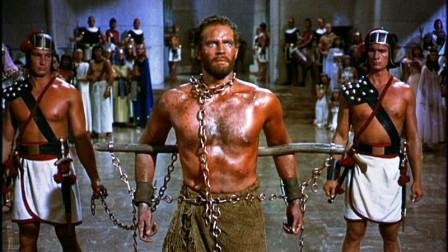Have you ever been locked out of trading because of a trading violation? Maybe your broker claimed you were a patterned day trader?
Or have you missed an opportunity due to short selling restrictions? Perhaps shares weren’t available to short? This happens a lot with small priced stocks, but can even happen with big stocks like Tesla or Apple.
Let’s look at minimum account size.
You don’t want to be tagged as a patterned day trader. A pattern day trader is someone who executes 4 or more round trip trades in stocks or ETFs within a week.
For example, you bought AAPL in the morning and then sold it a few hours later, and then the next day you shorted SPY and bought it back that same day. If you do that 4 times in the span of a week, you will be tagged a patterned day trader and your broker will shut you down and not allow you to take any new positions for 90 days…and there’s nothing you can do about it.
There is a way around this…you need to have a minimum of $25,000 in your brokerage account. Then the pattern day trader rules are lifted.
A futures trader isn’t required to meet this minimum account size. In fact, as long as you maintain the minimum margin for your positions, you can trade as frequently as you like at a size suitable to your trading needs.
Margin Restrictions
As an equity trader, you can only trade up to 4X your maintenance margin on an intra-day basis. So, if you have $30,000 buying power in your account, you can only trade up to a value of $120,000.
Exceed this amount, and margin calls may further limit your buying power and ability to trade.
In futures that same margin may allow you to trade a much larger notional value. For example, if you wanted to buy e-mini S&P 500 futures, you’d post initial margin for each contract, currently $4,750.
So, with $30,000 you could buy 6 contracts, which would allow you to control over $650K of notional value at the current index prices (12/9/2016). And you’d still have some buying power left.
That’s quite a difference in the amount you could control; $120k for equities, and $650k for futures. But let’s make something clear, nobody is saying go out there and maximize your available buying power, but it becomes clear that you can do a lot more with less by trading futures over stocks.
Shorting is a Huge Differentiator
Probably the biggest issue with equity traders these days is shorting a stock, that’s because there must be shares available to trade, and there are many reasons why shares may not be available to trade.
I had to shut down a robotic trading system that traded the wildly popular company Telsa, because there were many instances that the system couldn’t short the stock, because the broker didn’t have shares to short.
In comparison, a futures trader doesn’t have these problems. You can short any futures contract as easily as you can go long. In some cases, the government may even establish an uptick rule, preventing you from shorting a stock all together. This would never happen with futures.
And finally, when a trader shorts a stock, they need an uptick before you can short, which means if the market is falling sharply, a stock trader may never get a chance to enter a short position.
So, why miss out on another opportunity because of restrictions. The clear winner here is futures.
I am text block. Click edit button to change this text. Lorem ipsum dolor sit amet, consectetur adipiscing elit. Ut elit tellus, luctus nec ullamcorper mattis, pulvinar dapibus leo.



